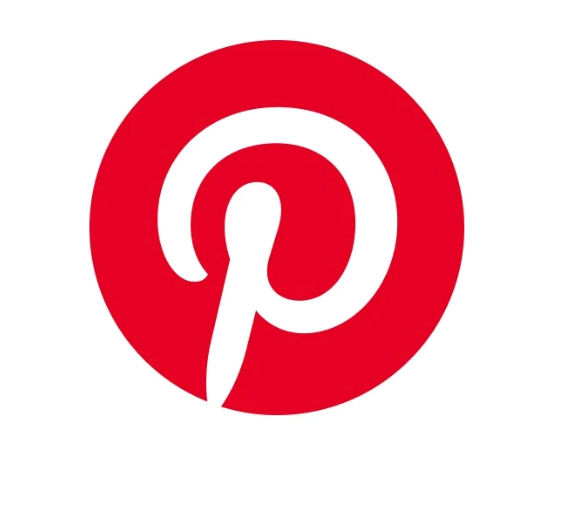Brands don’t get to be 160 years old without being adaptable. Lou Paskalis, American Express’s vice president of global media, content developing and mobile marketing, offers a double handful of considerations for companies—established and emerging—entering the mobile space.
1. You must evangelize the channel like a Chicago voter to your colleagues on the creative side to have creative assets for your campaign launch.
Chicago voters, notes Paskalis, vote early and often. “Don’t be a fast follower,” he says. “We all know influencers in every demographic are using those platforms much more than others in their repertoire.” In using mobile, a brand’s goal should be “to make sure you are seeding the ground with influencers.”
2. Mobile marketing requires [brands] to increase [their] brandwidth.
“Mobile is a permanent expression of your brand,” says Paskalis. Brands frequently fall into the trap of having disparate areas, such as customer service or product promotion, concurrently exploring mobile, without a cohesive strategy. From day one, minute one, unified brand thinking should be part of all mobile solutions, he adds.
3. Don’t expect whet you don’t inspect.
This philosophy, lifted from the military, simply cautions brand marketers to consider how consumers will use their offerings in on-the-go situations—and notes that their use may be different from what the brand marketer intends. “If my team dives into something we will find something that can be improved just by thinking it through,” Paskalis says, adding the further caution that this part of mobile marketing development should not be left to any source outside the company.
4. Reground your development conversations about every ten minutes.
Young app developers “start putting so many ornaments on the Christmas tree that they forget what you are making,” says Paskalis. “Think of the vision Apple had for the iPod. ‘Make it simple.’ First get adoption, which comes with simplicity.”
5. Mobile marketing is an opportunity to get to know new colleagues.
“We need to make sure we are working with development teams, product people and business development staff to infuse brand mentality,” Paskalis says. “These alignment conversations are essential. Make those relationships today—they’re money in the bank tomorrow.”
6. Apps are potential proof points.
“Everything that we are building at American Express reflects the lifestyle brand that we are,” says Paskalis, who defines that brand as being founded in trust and service. With apps, the company can reinforce those attribute within direct marketing campaigns. “They are tangible, real, on your person and with you when you need them,” he says. But this brand message can be compromised with the pressure “from above” to get new apps out the door, he adds, and he is not referring to the Heavenly Father. “Don’t let your proof points out the door without tying them back to the brand message.”
7. Apps are permanent reminders of your competency or lack thereof.
Smartphones often have pages of apps on them. And everyone who owns a smartphone has apps that don’t deliver on their promise. According to Paskalis, such apps are “a permanent nuisance for your brand, a permanent detraction for brand relevancy” when they sit on a phone and aren’t delivering their promised value. An app that doesn’t deliver on something, or create something better for the host, shouldn’t be allowed to get out the door.
8. It’s their devices and you’re a guest, so while you’re there, behave.
An app can be a trusted friend and asset. But they can also have the effect of a guest who shows up to a dress ball wearing tennis shoes. “You should always be reaffirming the permission for being there,” Paskalis says. This means improving the apps, striving to understand user needs, providing value and adapting the apps as opportunities emerge. Agility, he adds, is something that can be delivered to app hosts.
9. Send lawyers, guns and money.
The operative part of this consideration, which comes from a 1978 Warren Zevon song of the same name, is in the next line, which references a common expression involving the intersection of human waste and a rotary blade-based cooling device. “When people make this statement, they’re on a phone,” says Paskalis. “And increasingly today, they are on a mobile phone. When things go awry it is a moment of need. You are standing there and have an opportunity to be an asset or be irrelevant. Get that right, and you have a customer for life.” The key takeaway, he adds, is that marketers shouldn’t create apps that are so far away from what people might need when they are traveling, or at a moment of need, that they need to filter through it to get the help they need. “Have something they can link to, have click-to-call functionality so they can reach customer service.”
10. They’re not mobile devices. They are brand value proposition reappraisal devices.
Paskalis recalls a Swiss army knife he had as a child, and how he used it to solve a variety of problems. Regarding the various blades and attachments, “If it wasn’t on that Swiss army knife, it didn’t need to be,” he says. “Today’s smartphones are that. If you can reframe or create new utility for customers, they are going to fundamentally believe in your brand at a whole new level of veracity.”
Paskalis offered his thoughts at the Mobile Marketing Association’s 2011 MMA Forum in New York.



